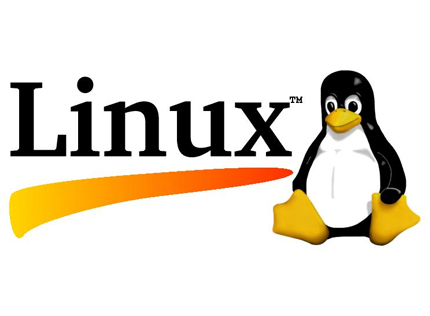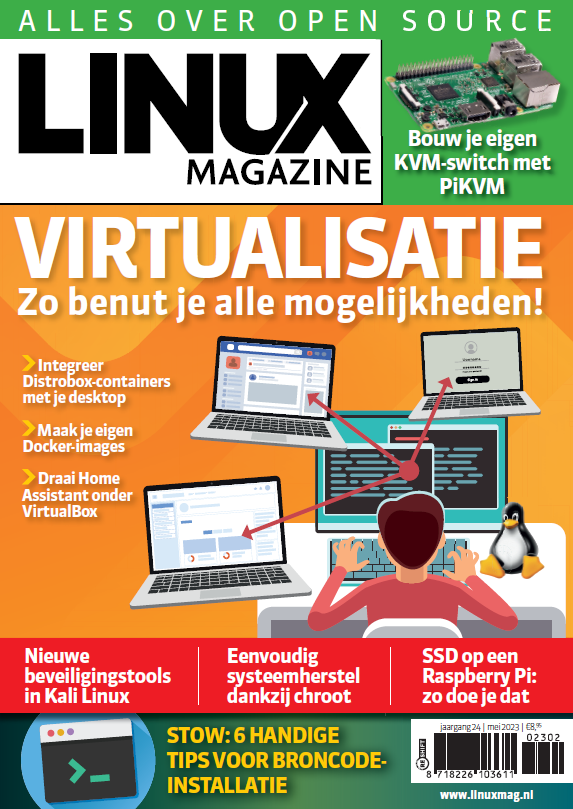
Linux kernel 5.9
- November 27, 2020
- 0
Linus Torvalds heeft versie 5.9 van de Linux Kernel vrijgegeven.
De kernel is het hart van het besturingssysteem en zit, simpel gezegd, als laag tussen de hardware en de applicaties in. Nieuw in versie 5.9 is onder meer ondersteuning voor AMD’s RDNA2 en Intel Rocket Lake. Meer informatie over de verbeteringen in deze release is te vinden bij Phoronix. Hieronder is een overzicht van de belangrijkste verbeteringen in Linux Kernel 5.9:
Most Prominent Linux 5.9 Kernel features:
Initial support for AMD RDNA 2 graphics cards in the form of Sienna Cichlid and Navy Flounder.
Intel Rocket Lake graphics support is also wired up, building off the existing Gen12 code. Intel also upstreamed more DG1 Xe graphics card support code albeit that remains a work in progress.
Intel FSGSBASE support finally was mainlined after years of work with possible performance benefits going back to Ivy Bridge era CPUs as well as AMD CPUs.
Various file-system improvements like performance work on Btrfs to FSCRYPT inline encryption and secure TRIM for F2FS. NVMe ZNS support also has come together for zoned namespaces with the NVMe 2.0 specification.
Initial bring-up work for IBM POWER10 processors.
Continued USB4 support work.
Support for building the Linux x86 32-bit kernel using the LLVM Clang compiler, complementing the Clang support already for the Linux kernel on AArch64 and x86_64.
ARM/ARM64 devices now default to the Schedutil CPU frequency scaling governor for making use of scheduler utilization information for making more accurate CPU performance state decisions, similar to the Intel P-State push as well for using Schedutil by default.




